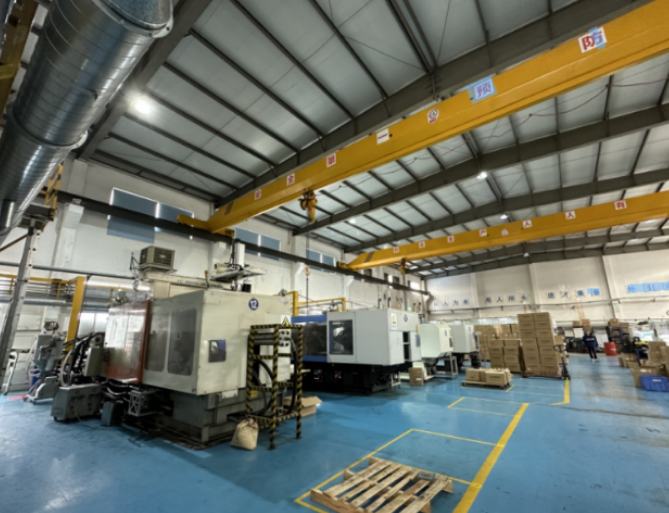

Bai Shui Chao
Email: dl-bsc@dlsjmj.com
Telephones: 13962423309
Mark Yen
Email: dl-mark@dlsjmj.com
Telephones: 17312472090
TEL:0512-57170368
FAX:0512-57170328
HTTP://www.jiamengba.net
Add: No.218 South Yucheng Road Kunshan City Jiangsu Province China.
Six requirements for selecting plastic molds
Plastic mold is a combination mold used for compression molding, extrusion molding, injection molding, blow molding, and low foam molding. The coordinated changes of convex and concave molds and auxiliary forming systems can process a series of plastic parts with different shapes and sizes. In order to meet the needs of formed components, we need to pay attention to some matters when selecting plastic molds and propose corresponding requirements. Choosing a more suitable plastic mold below requires meeting the following six requirements.
1. Many resins and additives with high corrosion resistance have a corrosive effect on the surface of the mold cavity. This corrosion causes the metal on the surface of the mold cavity to dissolve, peel off, deteriorate the surface condition, and deteriorate the quality of the plastic parts. Therefore, it is best to use corrosion-resistant steel or chrome or nickel plating treatment on the surface of the mold cavity.
2. Good wear resistance. The glossiness and accuracy of the surface of plastic parts are directly related to the wear resistance of the surface of the plastic mold cavity. Especially when some plastics contain fiberglass, inorganic fillers, and certain pigments, they flow at high speed together with the plastic melt in the flow channel and cavity, causing significant friction on the surface of the cavity. If the material is not wear-resistant, it will quickly wear out, causing damage to the quality of the plastic parts.
3. Good dimensional stability requires the temperature of the plastic mold cavity to reach 300 ℃ or above during plastic molding. For this reason, it is best to choose tool steel (heat treated steel) that has undergone appropriate tempering treatment. Otherwise, it will cause changes in the microstructure of the material, resulting in changes in the size of the plastic mold.
4. Easy to process mold parts are mostly made of metal materials, some of which have complex structural shapes. In order to shorten the production cycle and improve efficiency, it is required that the mold materials be easy to process into the shape and accuracy required by the drawings.
5. Plastic parts with good polishing performance usually require good gloss and surface condition, so the roughness of the cavity surface is very small. Therefore, surface processing such as polishing and grinding must be carried out on the cavity surface. Therefore, the selected steel should not contain rough impurities and pores.
6. To improve hardness and wear resistance, plastic molds are generally subjected to heat treatment with minimal impact from heat treatment, but this treatment should minimize dimensional changes. Therefore, it is best to use pre hardened steel that can be machined.
